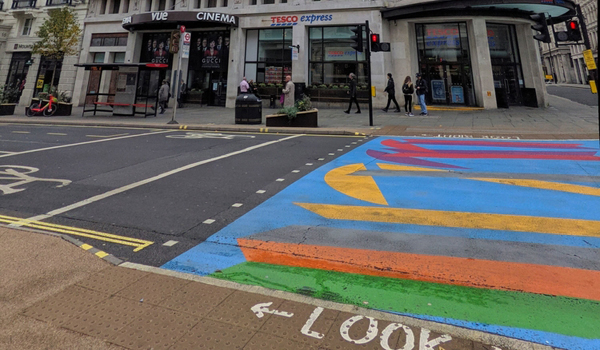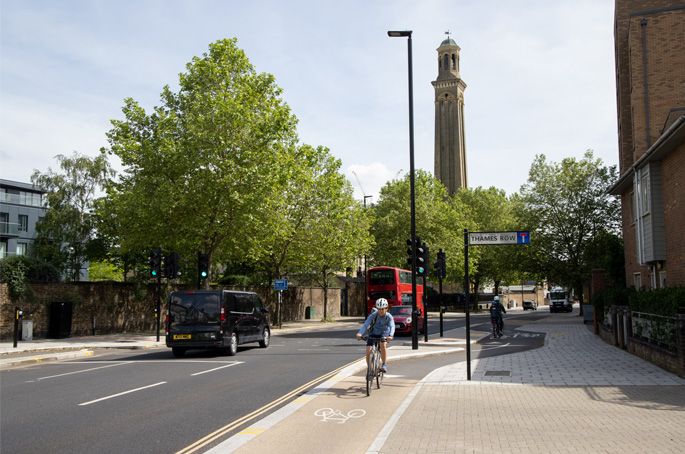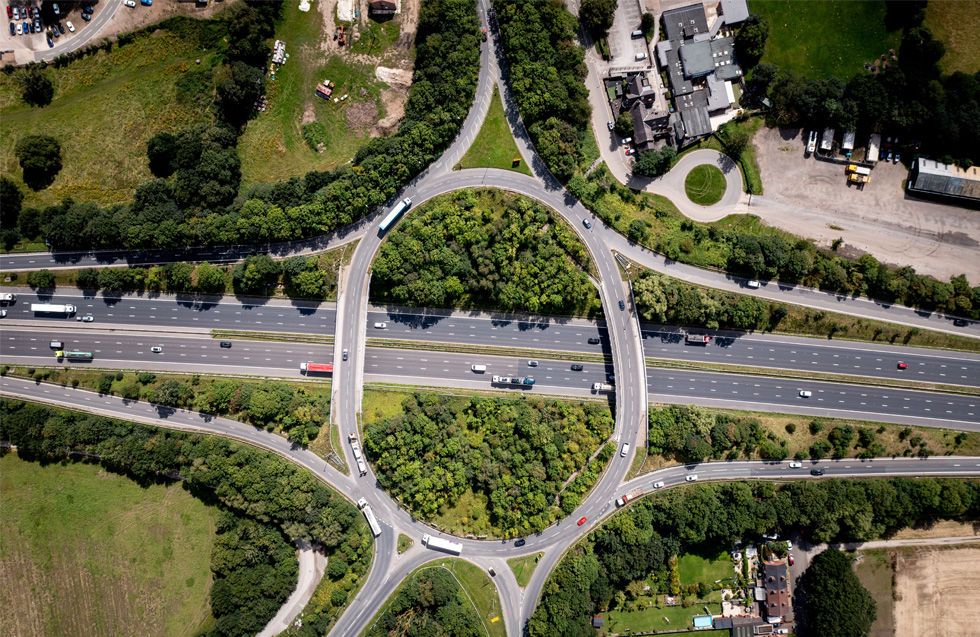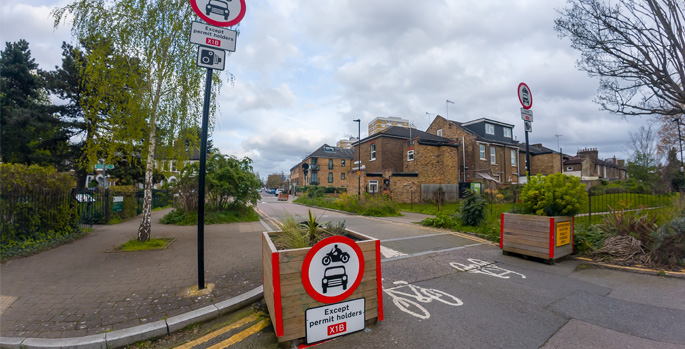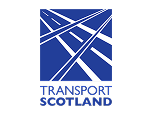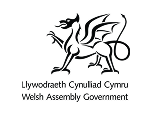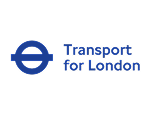Transport for London (TfL) will remove existing colourful pedestrian crossings on its network and will not install any new ones after research found clear evidence of disbenefits caused by the crossings to road users with protected characteristics under the Equality Act.
The cross-London body, which is the traffic authority for the capital, will recommend that London boroughs do the same on their roads.
Ryan Cooper, head of profession - highways and traffic at TfL, told the Institute of Highway Engineers Traffic Signs Conference that decorative markings have been used on roads in London and elsewhere to provide expected benefits such as enhancing neighbourhoods and improved safety.
However, TfL ‘paused' their use in November 2021 after a number of disability organisations, wrote an open letter to London mayor Sadiq Khan highlighting the problems they caused for road users with a variety of disabilities.
Mr Cooper cited comments such as that colour crossings can be disorientating for people with low vision and their guide dogs and that some people find some of the crossings ‘physically painful and so disorientating I become dizzy'.
Initial research in September 2021 had found significant accessibility issues but said a larger sample was needed to assess the issues further.
In interviews with stakeholders last year, all organizations representing disabled people deemed colourful crossings predominantly negative.
Problems highlighted included people avoiding the crossings; making navigation difficult for visually impaired users; the potential for sensory input to cause people to miss safety information; sensory overload; stress and anxiety and guide dogs avoiding the crossing.
The research also found negligible evidence of benefits to society and Mr Cooper also highlighted the likely deterioration of designs.
As a result TfL's policy will be to remove two existing colourful crossings and not install new ones and to ‘suggest as strongly as we can' that other highway authorities in London do the same, based on TfL's evidence.
He said the small caveat was ‘Pride' crossings, that are intended to be used for very short periods, for which user groups had cited benefits.
‘So we are not doing them at the moment, but we are going to look at that a little to determine if there's a way that they can be incorporated for a short period of time.
Mr Ryan recommended to traffic engineers in the audience that they ‘know your Equality Act duties; consider carefully any novel interventions and who might be adversely affected; engage stakeholder user groups and document your steps'.
With the exception of zebra crossings, painted road crossings are not considered to have the status of traffic signs, except where they express warnings, information, requirements, restrictions or prohibitions.

